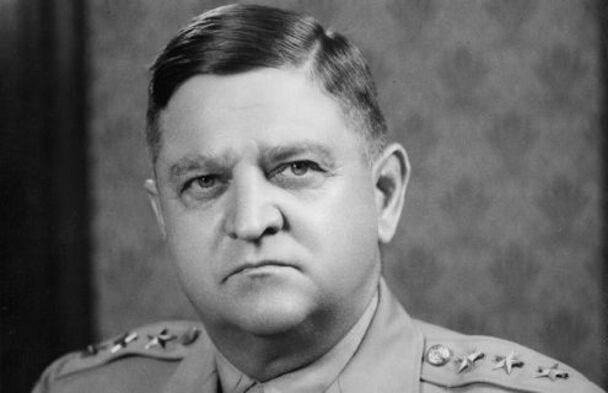The Korean War You Know
And the one SIGINT knows
When North Korean forces attacked on June 25th, 1950, it was a complete surprise to the South Korean government and military, their US advisors, the United Nations, and Gen. Douglas MacArthur.
When North Korean forces attacked, there were no American signals intelligence (SIGINT) assets in Korea, or even pointed at Korea. But I repeat myself.
Six weeks l…
Keep reading with a 7-day free trial
Subscribe to Polemology Positions to keep reading this post and get 7 days of free access to the full post archives.


